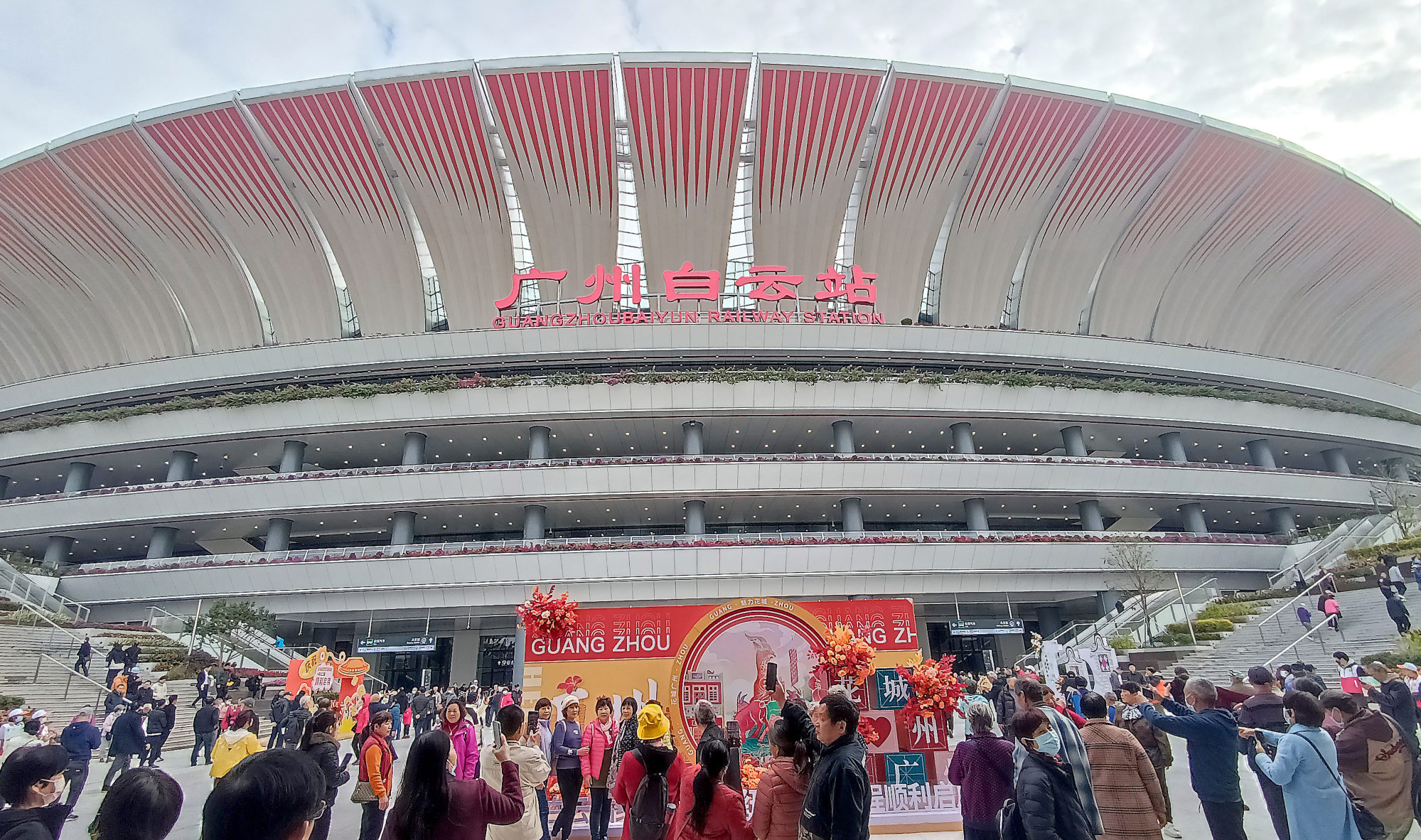
Why China would be wise to analyse its Lunar New Year travel data
- The post-pandemic trend of the young and mobile increasingly moving out of megacities is shaping the country’s urbanisation and regional development
- Data from the annual travel rush starting next month will provide vital input for Beijing’s future urban planning
On the surface, the trend may appear to mirror the dispersion of knowledge workers in the US from the coasts to inland cities. Post pandemic, there has been a global shift towards remote working and lower city densities, with tier-2 and tier-3 cities growing at the expense of tier-1 cities. But while affordability and lifestyle choices may be common forces in both the US and China, a unique set of factors is at play in China.

In parallel, more people are moving away from China’s megacities. Inland cities such as Chengdu have emerged as attractive alternatives to Shanghai. Yet, in a uniquely Chinese context, such dispersion is less a foray into new territory than a homecoming.
China’s migrants return to farm, drastically changing workforce dynamics
The share of residents with local hukou (household registration) ranges from 33 per cent in Shenzhen to 64 per cent in Beijing. Even graduates from Tsinghua University would find it tough to settle as permanent residents in Beijing. China’s megacities do not welcome migrant workers who overstay their sojourns as guest workers.
But while the barriers to settling in the largest metropolises may be insurmountably high, there are expanding options in smaller cities (often quite large by world standards), which are competing for talent. In recent years, China has gradually relaxed its hukou policies, giving people more options on where to settle, including in urban centres near their hometowns.
Beyond vision from the top, China could make better use of the science of big data. People movements during the Lunar New Year will reflect changing urbanisation trends. As such, they offer an unparalleled lens to decipher the patterns of urban reconfiguration.
The data harvested from the traffic patterns would provide a rich vein of insights for policymakers, allowing for a nuanced understanding of the multidirectional dynamics of migration. The emerging patterns could validate the steady progress towards a more balanced urbanisation and highlight gaps in development.

This data-driven approach to analysing the Lunar New Year travel patterns could inform future urban planning and regional policy. Analysing the push and pull factors that shape people movements would enable Beijing to optimise its regional development strategy beyond a top-down vision and align it with emerging bottom-up patterns. By acknowledging the complexities in the ebbs and flows of migration, China can tailor its policies to meet the shifting needs of a population in flux.
The spread of China’s urbanisation is a tale unfolding every year, written in the journeys of millions of people during the Spring Festival. It is a tale that holds the key to understanding the intricate dance between going and returning. With their fingers on the pulse of China’s massive population, policymakers will be able to guide the nation’s regional development with strategies that are grounded in the experiences of its citizens.
Winston Mok, a private investor, was previously a private equity investor

